The Spiritual Matrix – Transformation on Mobil Ave
—————————————————-
Hello!
I’m a huge fan of your lecture/insights re: the Matrix Trilogy. Can you PLEASE explain to me why after executing his feeling with the result that the sentinels must desist at the end of the second film, neo wakes up (at the start of the 3rd film) in that “parallel” universe with Sati, et al?
Kind regards,
Dave
—————————————————-
Dave,
Thanks for this good question. I don’t have any kind of definitive answer, just some thoughts. This was the moment of transformation from “The One” into “Neo” – you could call it an initiation process. All initiation processes (that are worth their salt) involve an expansion/reconfiguration of consciousness into areas that used to be unconscious. In other words, initiation is a way of integrating unconscious aspects into consciousness directly.
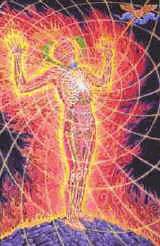
In Matrix 2, “The One” had to go through a second initiation process in order to get to the stage of being able to work on his own etheric body with consciousness (in Matrix 1 his initiation process (again, involving a death) awakened him to his astral body). The One had no hierophant for this transition (Morpheus served this role in the first initiation from Thomas Anderson into The One in Matrix 1), but managed to place his physical body into enough distress that he went through an initiatory process by approaching death.
This type of ‘de facto’ initiation is actually fairly common, and can occur in times of great physical and emotional distress (accidents and the like). Often people literally feel transformed by the experiences around these events, but without some kind of culture or context to hold the transformation, much of the positive potential power of the experiences gets washed away and lost. This would likely have been the case for The One as well, except that he took hold of his evolution consciously, and went for the third initiation at the end of Matrix 3, which was NOT accidental in any way.
Okay, so this sets the stage for thinking about the actual question! The Trainman controls the station “Mobil Ave” that The One finds himself in after his second initiation. Actually, I should say during his second initiation, because the initiatory process isn’t actually completed until he is rescued by Trinity, which is symbolically the expression of Neo’s uniting with his etheric body once again, which is what brings him “back” to the real world. What this means is that the whole scene in the train station is part of the spiritual initiation process.
A clue to this is the name of the station, Mobil Ave. This is an anagram of “Limbo”, and “ave” is Latin for both “welcome” and “farewell”. Symbolically, The One tries to escape by literally running down the avenue, but the avenue has an aspect of both leaving and arriving, as it is topologically circular. This is a brilliant, if possibly unconscious, move by the Wachowski’s, as the choice of “Ave” instead of, say, street or way, fits the spiritual situation perfectly.
So The One is in limbo – this is the spiritual realm of transition between life and death, and The One has placed himself here through the initiatory process that expelled his consciousness from his body by loosening his etheric when he defended himself from the sentinels. The Trainman is essentially Charon, the Ferryman, who ushers the newly dead from the realm of the living to the realm of the dead, and in this sense Mobil Ave is the avenue between life and death, which is circular.
You can’t walk through Charon’s domain without paying a price — usually this was in the form of a coin under the tongue. But this was a price to pay to get the newly dead into Hades’ halls. The One doesn’t want to go there, he wants to go back to the realm of the living, which means it’s not enough to bribe the Ferryman; they have to fight their way out.
But the important part of this scene is really that as a spiritual experience of initiation, The One finds and rescues the being Sati, a program born not for any outer function, but out of, and as a living expression of, love. Sati is Pali for “mindfulness”, a central requirement on the path to enlightenment, and it is the combination of these two that makes Sati what she is: loving mindfulness. This is the key to the events on Mobil Ave, which is a bringing together of the head/intellect (mindfulness) from the initiation in the first movie with the heart/feelings (love) from the second initiation process.
“Saving” Sati is critical for the whole future of both the Matrix and the real world, i.e. for both the spiritual and physical worlds. Sati is also the feminine form of sat, meaning “Truth”, and it is, in a way, the spiritual Truth of loving mindfulness that Sati embodies. This loving mindfulness even went so far as to cause a Hindu woman to burn herself on her husband’s funeral pyre in a practice called “sati”, which in regards to the Matrix films is a symbolic foreboding of the very sacrifice that Neo will make in the third movie. In this sacrifice, Neo, laying on the pyre of the machines, is spiritually immolated in order to free the spiritual beings within the Matrix and humanity in the real world from oppression by regressive forces (Smith/Lucifer, and temporarily, the machines, who will have to be dealt with in an ongoing basis).
Sati, the first consort of Shiva who in Hindu mythology lures Shiva from ascetic isolation into creative participation in the world, provides an impulse for Neo to work towards his final goal by involving himself in the transformation of events in the real world: taking a ship with Trinity directly into the heart of the machine city to “strike a deal with the devil”, as it were.
Hopefully this helps illuminate some possible meanings behind the Mobil Ave scenes, at least from one perspective.



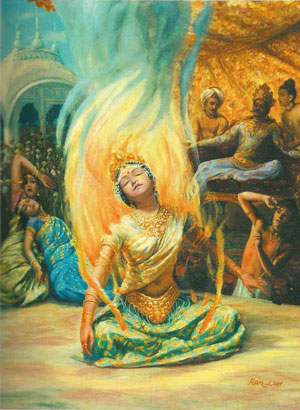
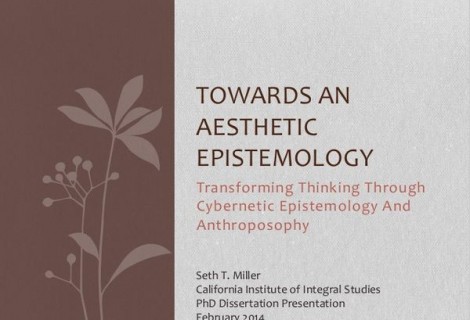
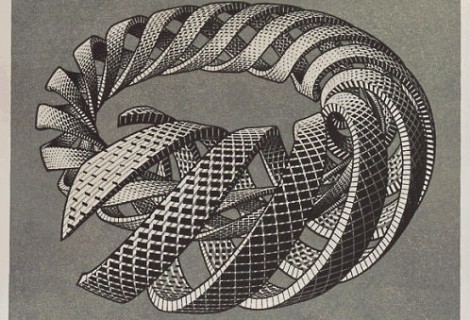
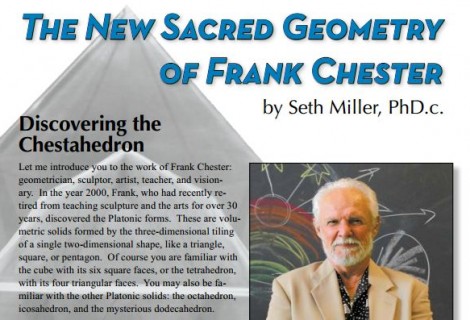

A udio V isual E ntrainment